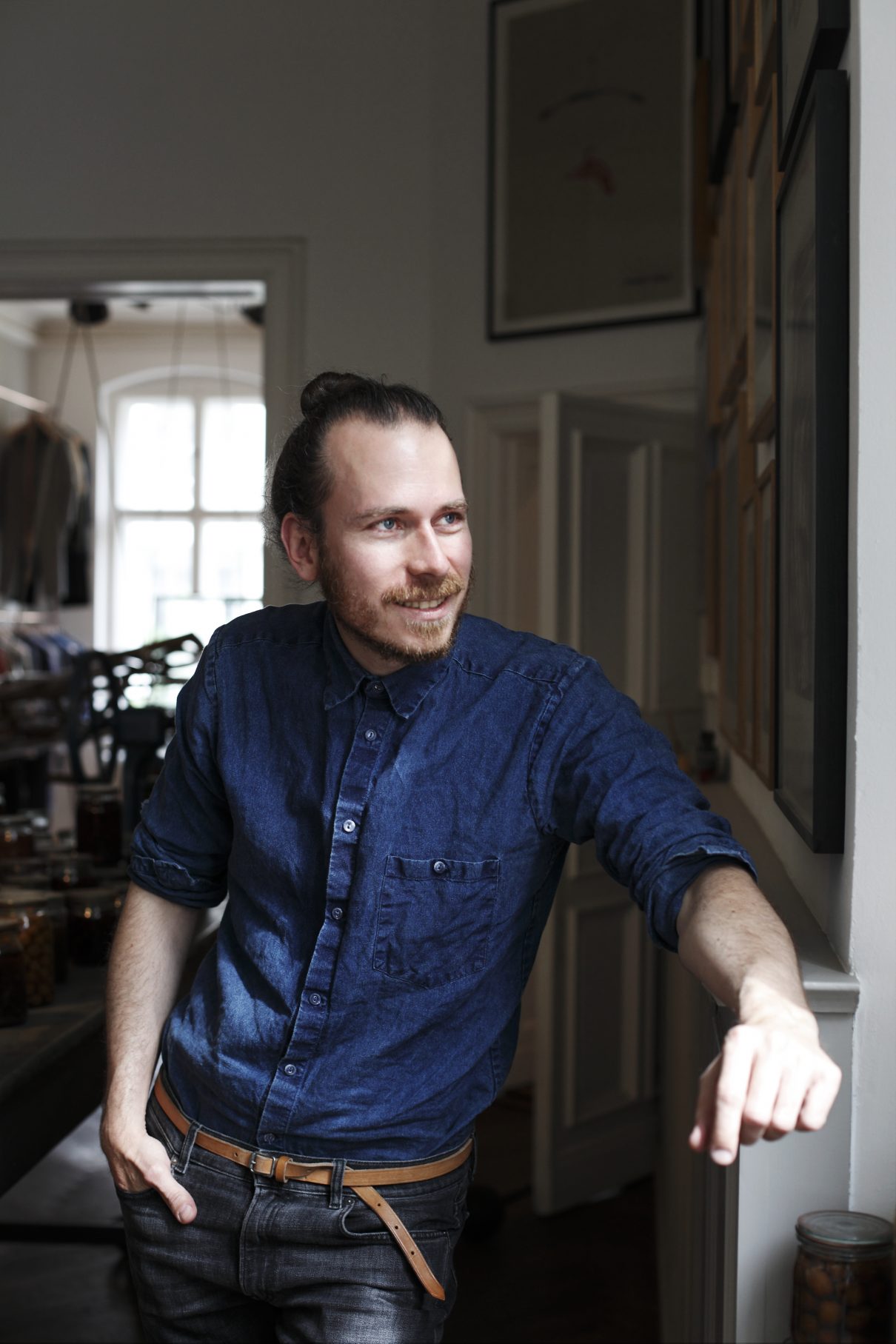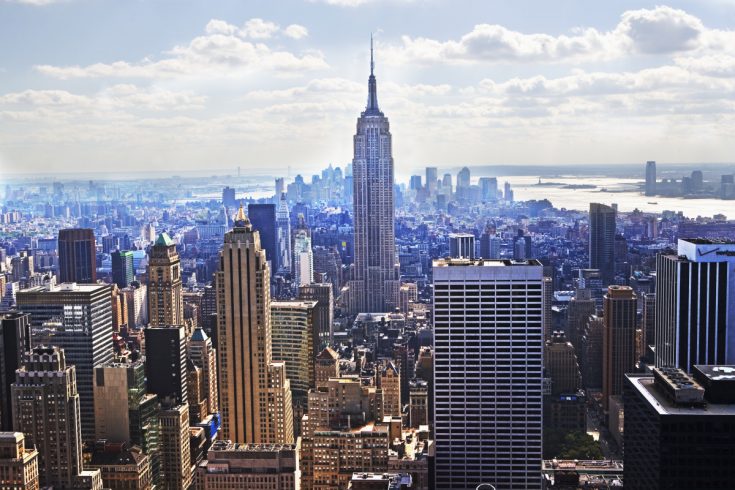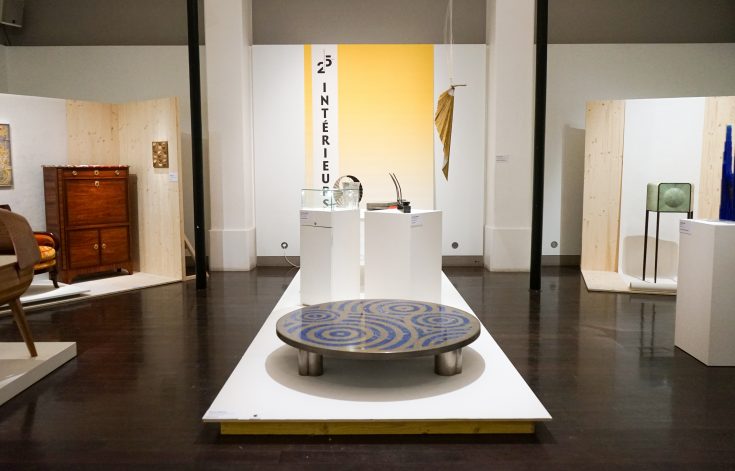Frank, in the fashion industry, a lot of the public image comes down to the person of the fashion designer who personifies the brand. It’s easy to forget that there are big differences in the way fashion producers work.
There are differences, of course. Many people send their Designs to Asia or Italy and they produce it there, as far as I can see. We are much closer to the bone itself because we don’t want to give up control! We only work with companies based in Germany. This can take on a manufactory character. The week before last, for example, we made a series of shirts from bed sheets, i.e. bed sheets from the 60s. These shirt-shaped sheets were then dyed with blueberries, dried blueberries or fresh from the glass. The shirts took on a blue shade overnight, then the shirts were dried and washed. On the third day these shirts were then combined with a pendant, a forged iron blueberry, and sold together in a box.
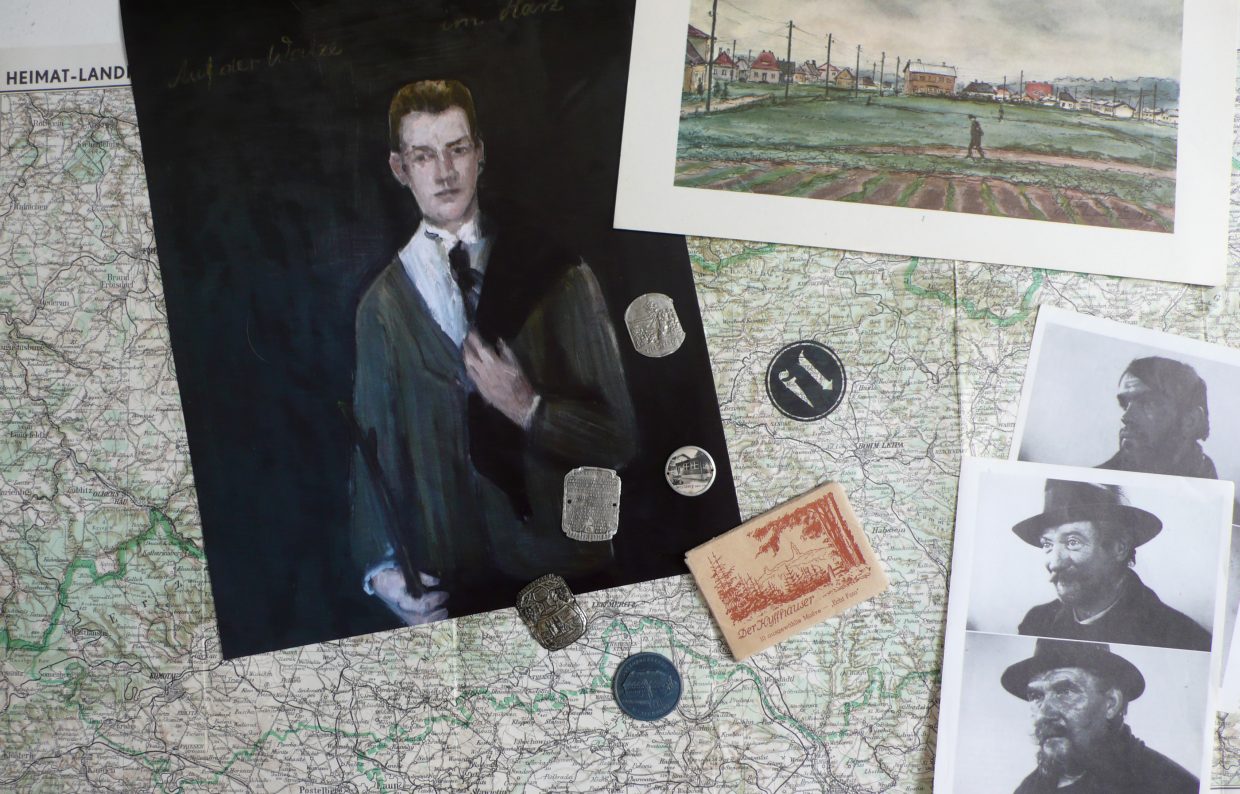
Actually, you’re a storyteller, aren’t you?
Well, I don’t think in collections, but in areas of interest. They really cover all kinds of cultural corners, and there are always interesting levels that haven’t been shown before. For example, I have just found a postcard of a hermit’s stone from a certain rock formation, from an area that used to be in Germany and is now the Czech Republic. This stimulates my imagination. I immediately get an idea about the word hermit, perhaps from a man who lives in a cave in the forest. You think you’ll go there and look for the hermit. I create collections out of this.
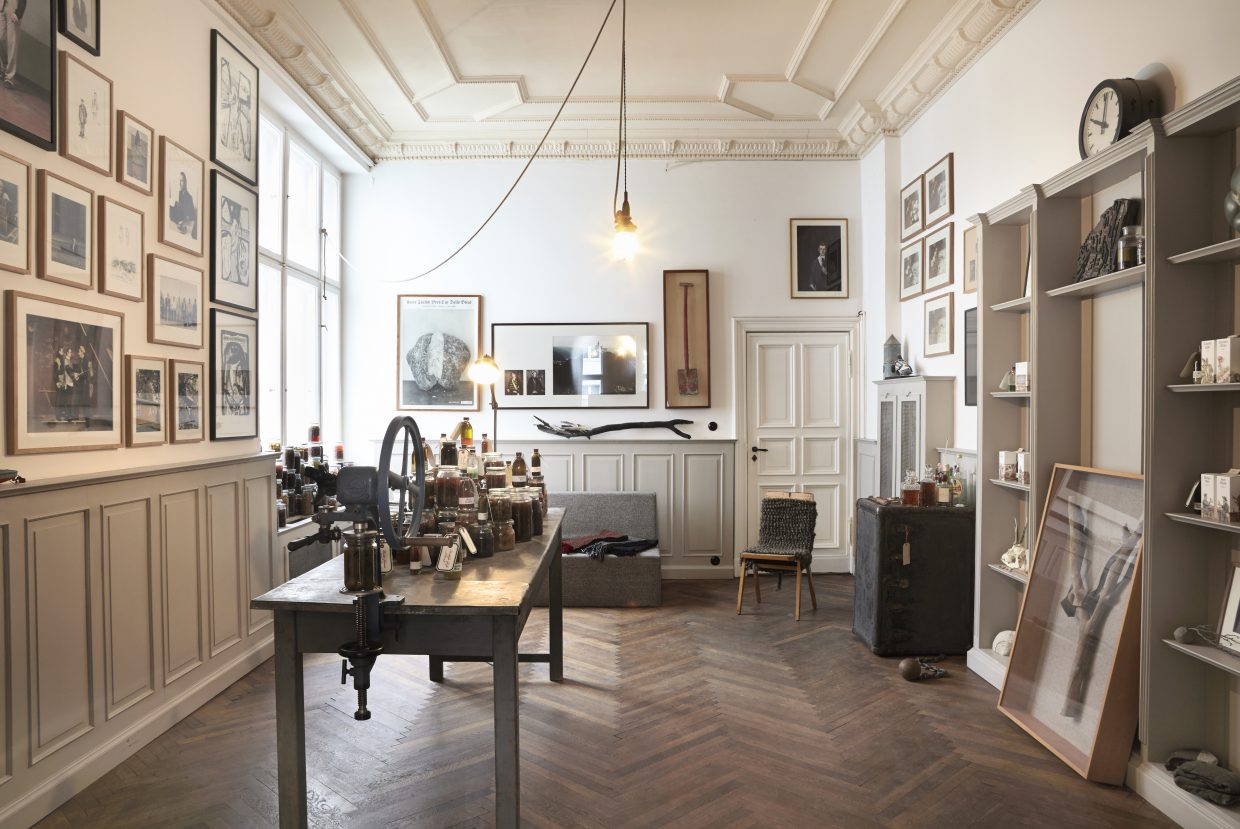
You have a soft spot for German eastern territories.
That’s already a German look, right. Germany is the country in which I grew up, that is my cultural circle in which I move. For me, only that is authentic. Well, I could now also take the cowboy and Indian in the Wild West as a theme, but that’s too far away. Perhaps through the mirror of Karl May, who never was in America and whose stories all originated in the imagination, that would be interesting again. It must be a German point of view.
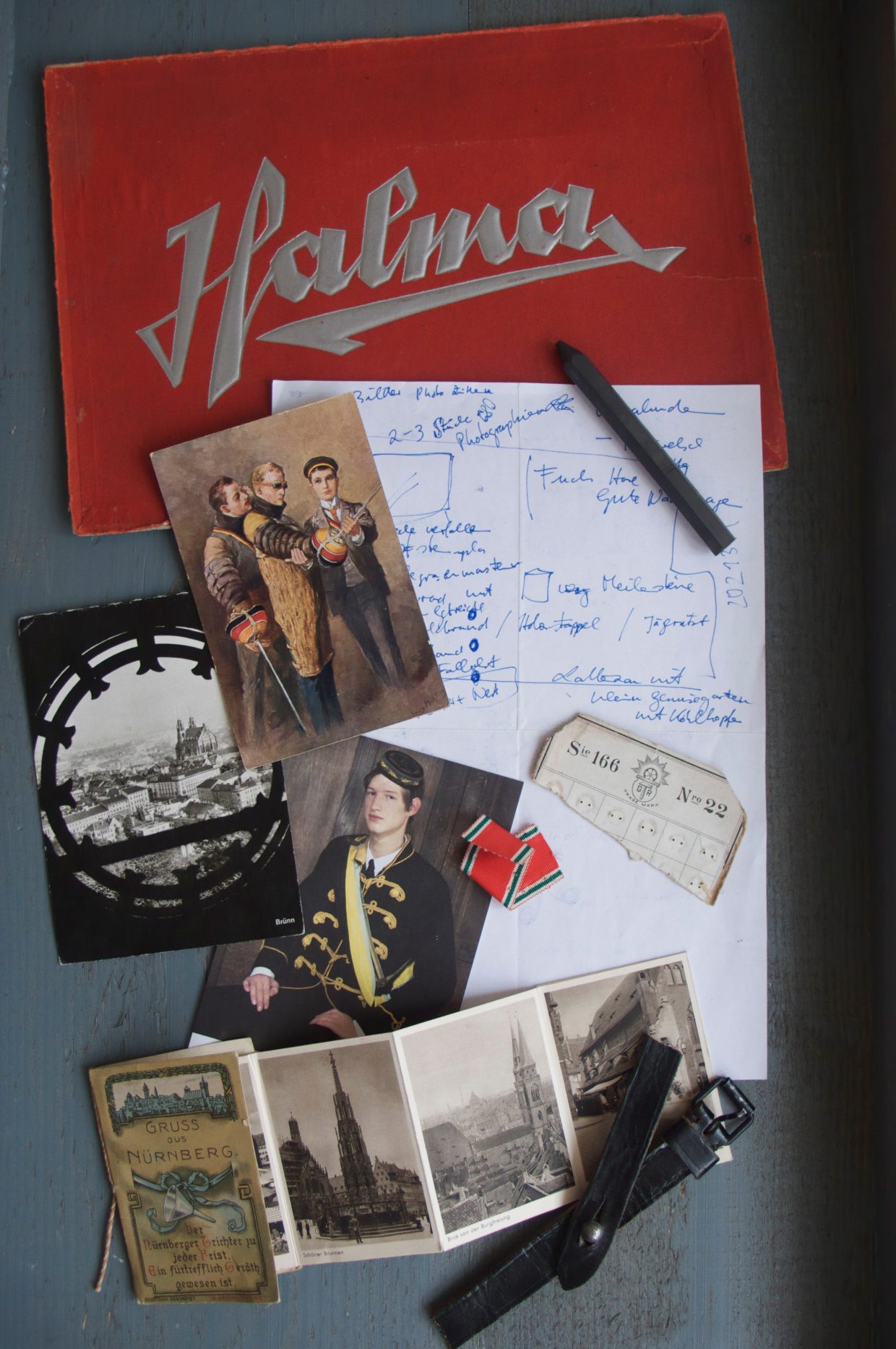
Are you working up some kind of identity?
I think so. The luxury of content is probably only realizable in this hybrid formation between artistry and manufacturing. Think of the old buttons we use. We collect buttons from the 20s, 30s and 40s, these are originals that bring their stories with them. We combine these buttons, actual contemporary witnesses of their time, with new collections. The clothing acts as a mediator, as a carrier of stories. A big fashion company couldn’t afford that.
Do your collection pieces have a specific aura that emerges from the interweaving of history and contemporaneity?
We don’t cut for costume balls, but our cuts and materials are present. But the pieces are “charged” with set pieces from the past. People also know that the pieces come entirely from our studio here in Kantstraße, that’s our energy centre, this is where art is created. You can feel that.
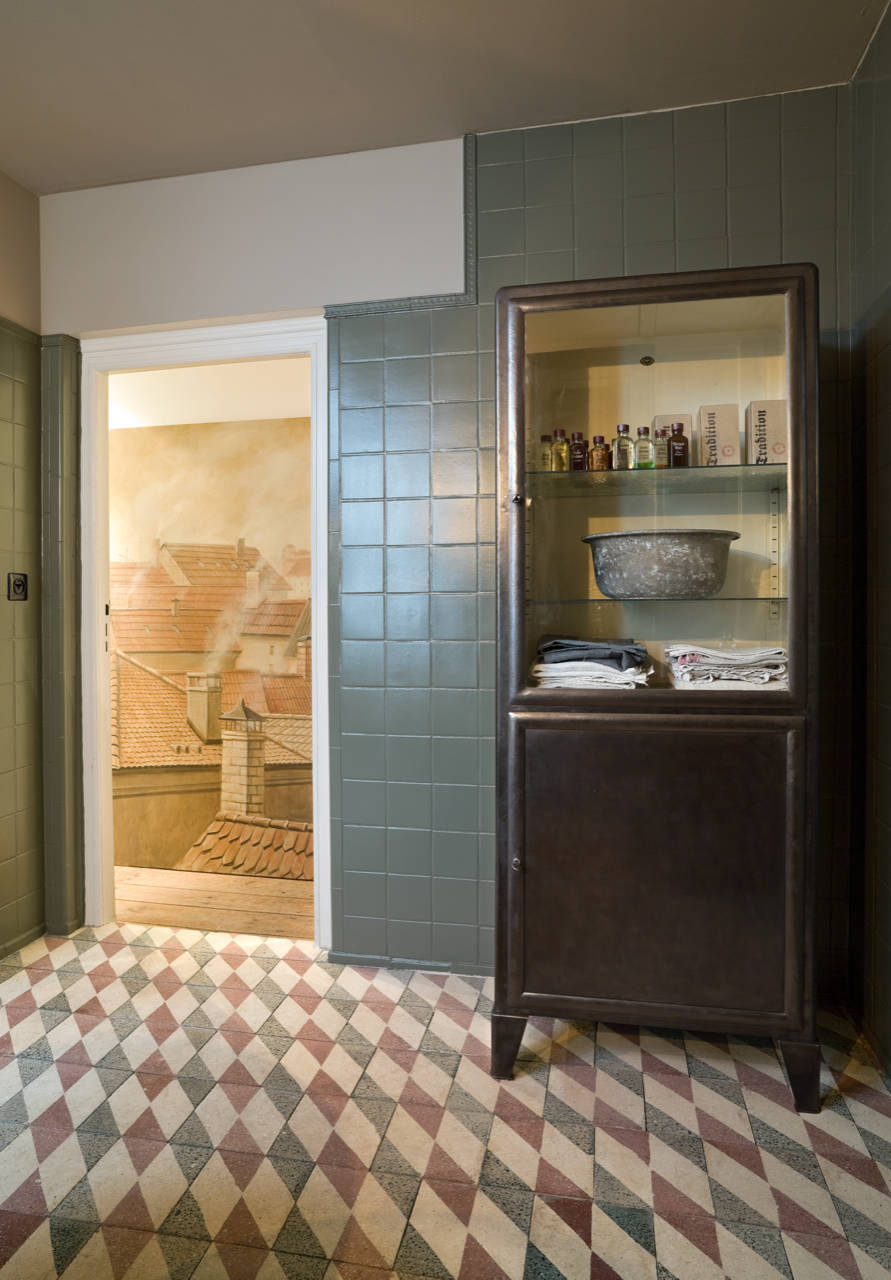
How do you keep the balance between art and market?
Well, that’s the crucial question. On the one hand you want to present yourself, on the other hand it is of course very mysterious not to have an Instagram account. My clothing only works with targeted placement, it will always remain as a niche product. But you shouldn’t settle comfortably in the niche, you have to radiate, send signals, make the products glow. That’s my job in the near future. Over the past 18 years we have built up the label into a strong label, but now I have to see how I can carry it into the world without falling too far into this trap where you stumble into every PR story and dilute the strength again.
This interview is part of:
Handmade in Germany. Manufactory 4.0.
Editor: Pascal Johanssen
240 pages
Publisher: ARNOLDSCHE
Languages: English, German
ISBN-10: 3897905418
ISBN-13: 978–3897905412
Website:
http://www.frank-leder.com
